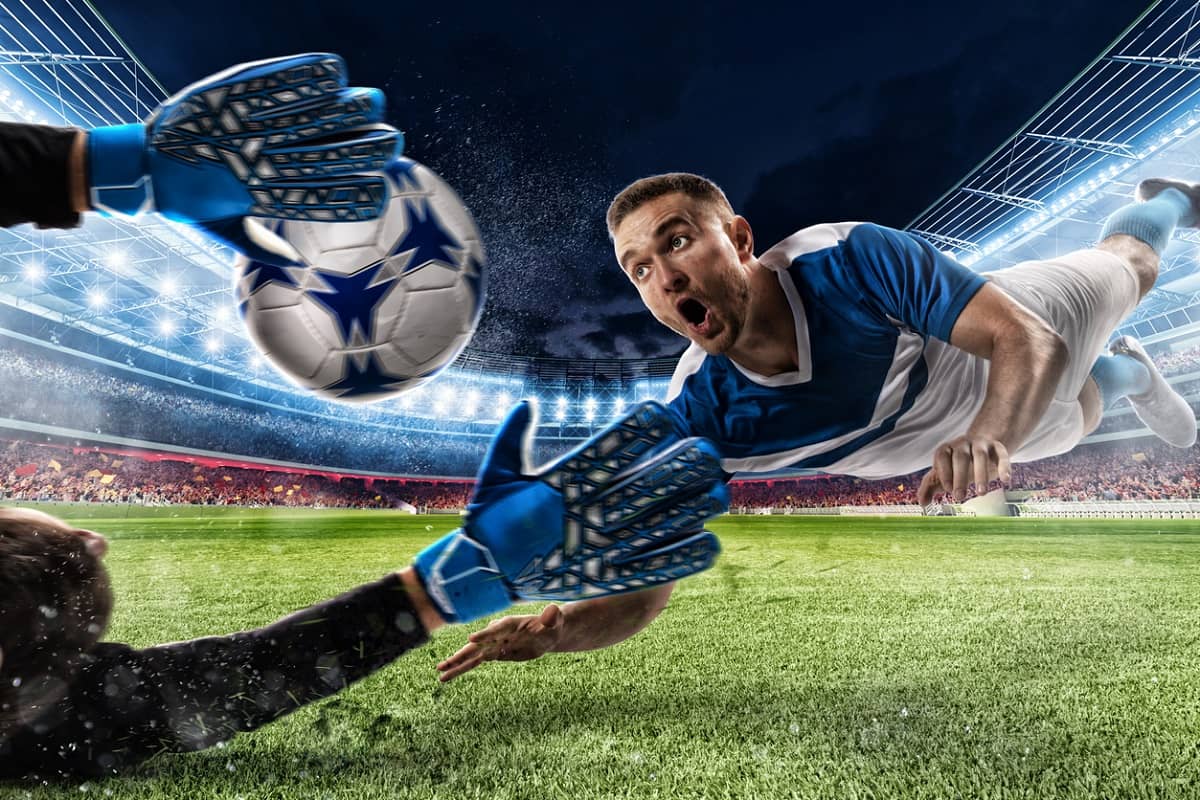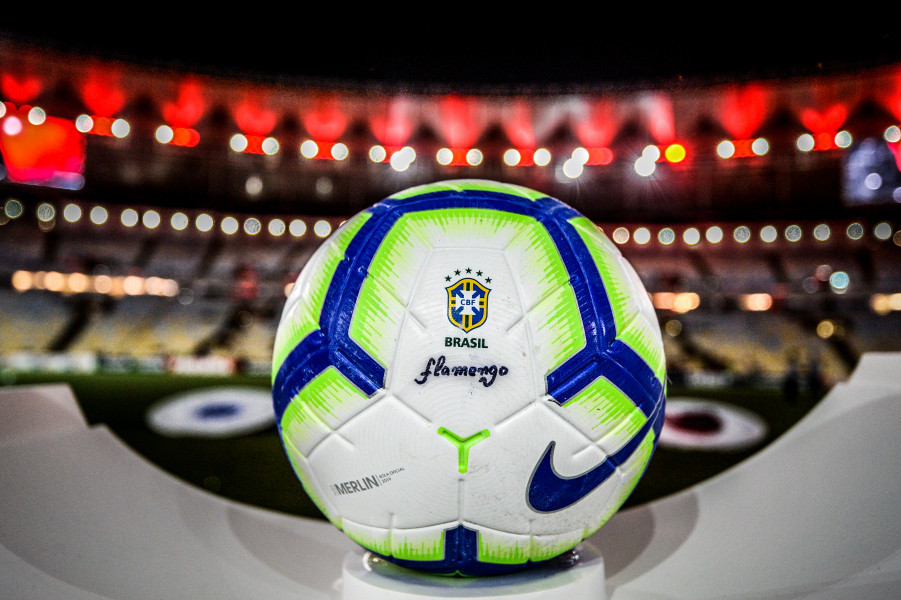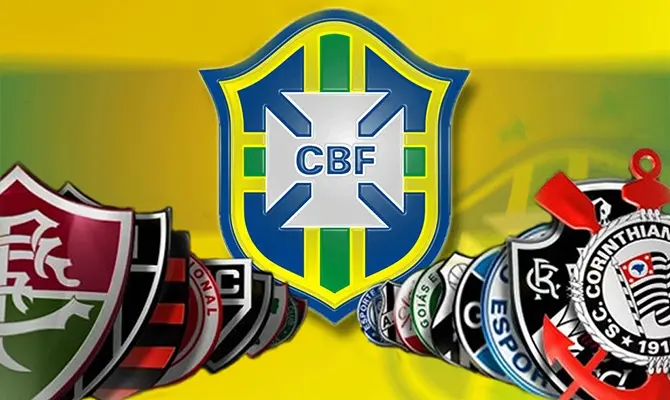These days, the president of Argentinos Juniors, Cristian Malaspina, traveled to São Paulo to negotiate with the management of Corinthians, led by his colleague Duilio Monteiro Alves, the sale of Fausto Vera, which would cost around US$8 million.
Although Belgian club Genk was also interested in him, the captain of El Bicho, one of the best players in the professional league, seems to be setting his sights on Brazil, a destination that has become very tempting for many Argentine footballers in recent years.
Vera is not the only one preparing for a trip to Brazil. Banfield is negotiating with São Paulo to sell Giuliano Galoppo, who has been courted by Boca and River, for around US$8 million.

And Godoy Cruz is already starting to say goodbye to his captain and star player Martin Ojeda, as Botafogo is willing to pay US$4.5 million (plus 800,000 for goals) for 80% of his contract.
If these transfers materialize, Vera, Galoppo, and Ojeda will add to a migration stream that has strengthened in the last two months.
Palmeiras, the two-time Copa Libertadores champions, have signed Jose Manuel Lopez, the breakthrough player from Lanus of Corrientes, and Uruguayan Miguel Merentiel, the scorer for Defensa y Justicia in the last Copa de la Liga Profesional.
Cristian Pavon, whose contract at Boca expires on June 30, joins Antonio Mohamed’s Atletico Mineiro, where Ignacio Fernandez and Matias Zaracho also play.
Fortaleza, second in the Brasileirão standings, signed Emanuel Britez from Union, and Red Bull Bragantino signed young Kevin Lomónaco, who made only 19 appearances for Platense and Lanus in the first team.
So far, 20 Argentine players have played for teams in the Brasileirão. They represent almost 25% of the 81 foreigners participating in the tournament of the five-time world champions (followed by Uruguayans -14- and Colombians -13-).
This number may surprise some, but it has remained fairly constant for a decade when opportunities for Argentines began to multiply.
In addition to those two dozen players in the first division, there are five more in the second division, which this season includes giants like Cruzeiro, Gremio, and Vasco da Gama.
Among them are Walter Kannemann, two-time Copa Libertadores winner (with San Lorenzo and Gremio) and international under Lionel Scaloni, and Martín Benítez, 2017 Sudamericana winner with Independiente.
The numbers show that the Brazilian market seduces young players like Lomónaco (20 years old) and experienced players like Silvio Romero (33); players from second-tier teams like Brítez (Unión) or Tomás Cuello (Atlético Tucumán) and others from the so-called “big teams” like Ignacio Fernández (River) or Matías Zaracho (Racing).
And also some who decided to return after their European experiences, like Emiliano Rigoni (São Paulo), Gabriel Mercado (Internacional), or Jonathan Calleri (São Paulo).

The doors have also opened more easily for coaches. In a competition where seven of the 20 coaches are foreigners, two of them are Argentine: Antonio Mohamed, who coaches Atletico Mineiro, and Juan Pablo Vojvoda, who has been in charge of Fortaleza for 15 months.
In recent years, Jorge Sampaoli (Santos and Atlético Mineiro), Ariel Holan (Santos), Hernán Crespo (São Paulo), and Eduardo Coudet (Internacional) have also had more or less success, as well as the Uruguayan Alexander Medina, who after his time at Talleres played a short period at Internacional before returning to Vélez.
If you look for explanations, sporting reasons justify this trend. The Brasileirão, ranked by the International Federation of Football History and Statistics (IFFHS) as the best league in the world in 2021, has raised its level considerably, and its teams have achieved supremacy in the last editions of continental tournaments.
This season, five Brazilian teams will reach the quarterfinals of the Copa Libertadores and four the quarterfinals of the Sudamericana.
But it also cannot be ignored that clubs in one of the world’s 12 largest economies (according to the World Bank and International Monetary Fund) have budgets that serve as powerful hangers-on. Some of the money comes from marketing broadcasting rights, which each institution can negotiate for itself. According to a consulting firm Ernst & Young report, the 20 Brasileirão participants thus generated US$330 million in 2021.
In addition, there are substantial contributions from local companies and foreign investors. Red Bull Bragantino is managed by the Austrian energy drink company, Botafogo was acquired by U.S. tycoon John Textor, who is also a shareholder in Olympique Lyon and Crystal Palace in England, and City Football Group (owner of Manchester City, among others) negotiated, albeit unsuccessfully, to buy Atlético Mineiro a few months ago.

But that doesn’t stop the institutions from suffering bankruptcies just as frightening, or even more so, than their Argentine counterparts. São Paulo, for example, is US$128 million in debt.
Moreover, it is not easy for Argentine clubs to compete with Brazilian bills these days. How could Lanus refuse the US$10 million that Palmeiras offered them for 70% of José López’s contract? And it is also difficult for them to make an offer when they dream of reinforcements of that caliber.
A few weeks ago, Boca was excited about signing Arturo Vidal. The Chilean eventually signed an 18-month contract with Flamengo, who will pay 3.6 million euros for his services. “One thing is to want them; another is to be able to pay them,” admitted Juan Roman Riquelme when asked about possible additions like Vidal and Uruguayan Edinson Cavani.
Boca was the club mentioned for seven years and systematically in every transfer market as a possible destination for the Peruvian Paolo Guerrero.
During that time, the striker played for Corinthians, Flamengo, and Internacional. At the age of 38 and after nine months of inactivity, the striker did not return to his country or move to Argentina to finish his career: On Wednesday, he was presented as a reinforcement of the humble Avai of Florianópolis.
With information from Clarin

